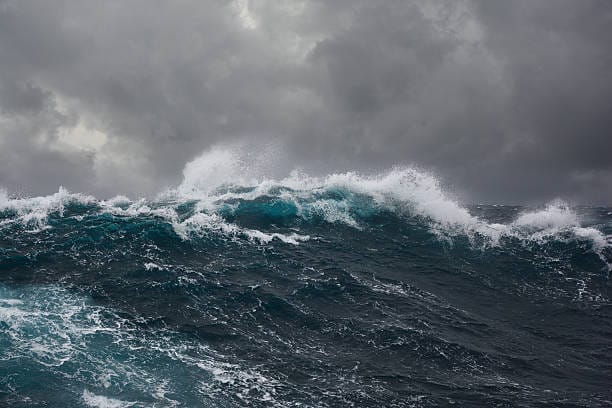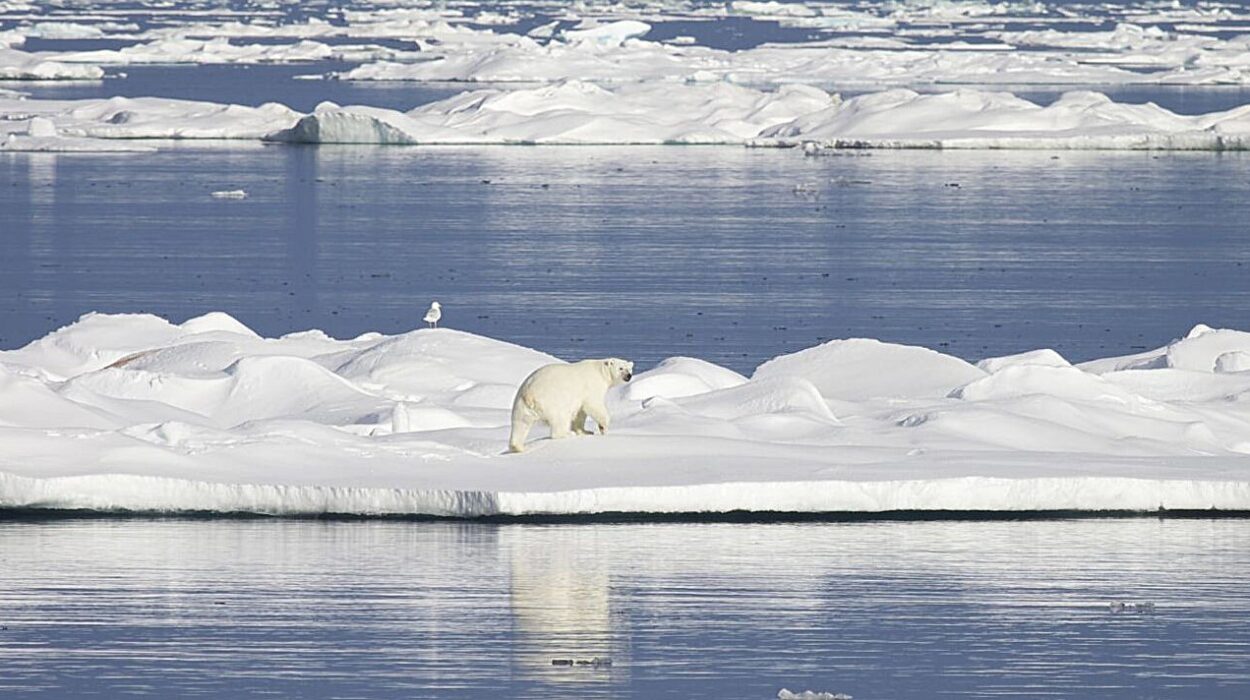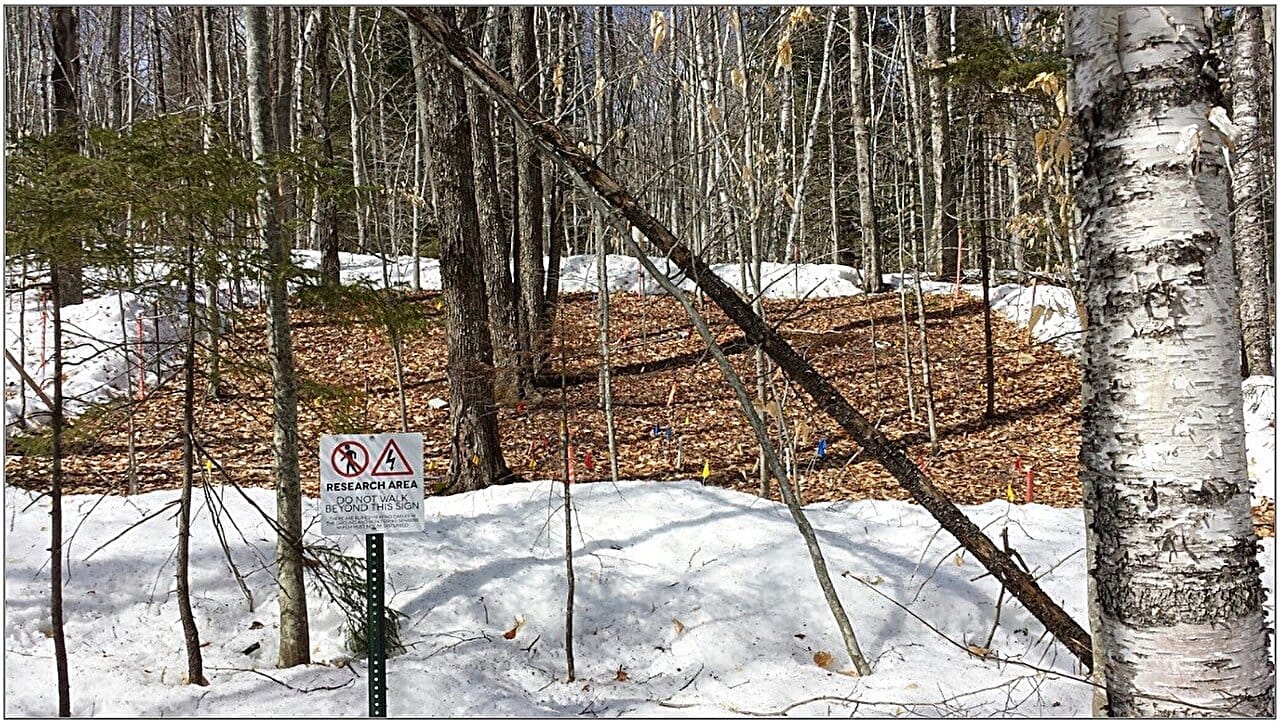When winter grips the East Coast of North America, nature sometimes unleashes something more than a snowstorm—something deeper, more powerful, and far more destructive. These massive weather events are called nor’easters, and they’ve become legends in meteorological history. They are the kind of storms that shut down entire cities, rip through coastal towns with gale-force winds, and leave behind a trail of flooding, power outages, and ice. They are both feared and studied with reverence.
Some storms have earned names like “Snowmageddon,” “The Perfect Storm,” or “The Storm of the Century.” These names are more than media sensationalism—they reflect the emotional weight these tempests leave behind. Nor’easters are not just weather systems; they are stories told in snowdrifts and rooftops torn from homes, in the anxious eyes of families huddled in the dark, and in the flickering lights of emergency shelters.
But something is changing in the way these storms form, grow, and strike. And it isn’t simply folklore—it’s science. While it’s true that fewer nor’easters are developing than in the past, the most powerful ones are growing more intense. This revelation comes from groundbreaking research recently published in the Proceedings of the National Academy of Sciences. The findings carry serious implications—not just for meteorologists, but for every community that stands in the path of these monstrous storms.
Rarer, But Meaner
Climate change is often associated with rising temperatures, longer droughts, and melting glaciers. But for the East Coast of North America, it’s also changing the DNA of winter storms. New research confirms that although nor’easters are becoming less frequent, the strongest among them are becoming more ferocious than ever before.
The team behind this study didn’t focus on averages, as many earlier investigations had done. Averages can tell us what’s typical, but they often hide the extremes—the very events that cause the most damage. By zooming in on the outliers, researchers discovered that the most intense nor’easters—those with the fastest wind speeds and the highest precipitation—are on the rise in both strength and frequency.
Using a sophisticated cyclone-tracking technique, the scientists analyzed nor’easters from an 85-year period stretching from 1940 to 2025. They defined “impactful” storms as those that maintained a minimum sea-level pressure for at least 24 hours and traveled more than 1,000 kilometers. These were not passing squalls or minor flurries—these were the real beasts.
The data told a sobering story: storms that landed in the top third of intensity metrics—those above the 66th percentile—have steadily become more powerful. Wind speeds are increasing. Hourly precipitation rates are climbing. In other words, when nor’easters strike, they now hit harder than they used to.
Fueling the Firestorm from the Sea
So what’s behind this trend? The answer lies in the deep, turbulent connection between warm oceans and a warmer sky.
Nor’easters are born from contrasts. When a cold, dry polar air mass pushes down from the Arctic and collides with warm, moist air moving up the East Coast, the atmosphere ignites a storm system. At sea level, a low-pressure center forms, like a vacuum drawing in more air. Above, the jet stream—a fast-moving river of air in the upper atmosphere—helps intensify the system by enhancing its rotation and deepening its pressure center.
But here’s the catch: in today’s warming climate, the Atlantic Ocean is warmer, and the atmosphere is carrying more moisture than ever before. Warm air holds more water vapor, and warmer seas provide more thermal energy to developing storms. These changes don’t just make nor’easters slightly stronger—they supercharge them.
The result? A new breed of nor’easter. These storms are more likely to produce heavier snowfalls, intense rainfall, and flood-inducing surges. Their wind fields stretch wider and blow harder, affecting more people across larger areas. The storm itself may last no longer than its ancestors, but what it unleashes during that time is far more destructive.
The Path of the Nor’easter
To understand the full impact of a nor’easter, one must follow its journey.
It often begins quietly, forming offshore near the southeastern United States, drawing in warm air and moisture. From there, it spirals counterclockwise, fed by both surface heat and atmospheric instability. As it churns northward along the coastline, it brings with it a storm surge that pushes seawater inland, flooding coastal towns before the rain or snow even begins. Then comes the precipitation, driven by walls of wind that wrap around the storm like a colossal engine.
Cities like Boston, New York, and Philadelphia often find themselves right in the path of these systems. Inland, nor’easters can dump several feet of snow, crippling transportation, closing schools, and knocking out power for days. Along the coast, storm tides can reach heights capable of submerging entire neighborhoods.
Eventually, the storm’s fuel supply—warm, moist air—runs dry as it drifts over cooler waters or loses contact with the jet stream. But by then, the damage is done. Homes are flooded, trees are toppled, and roads are impassable. In some cases, the landscape itself is changed—beaches eroded, sand dunes flattened, and riverbanks re-drawn.
Redefining Coastal Risk in a Warming World
What this new research lays bare is a stark shift in how we must think about risk.
In the past, communities prepared for nor’easters based on historical patterns—how often they came and how bad they usually were. But now, that pattern is evolving. Rarity no longer implies safety. A town that sees fewer nor’easters may feel relief, but that comfort is misleading if the next storm that does arrive is twice as intense as the last.
As the climate continues to warm, meteorologists and emergency planners must update their models and risk assessments. The storms of the future are being built on a new foundation of extremes—and communities will need more than snowplows and sandbags to prepare. They will need stronger infrastructure, better evacuation planning, and policies informed by the latest climate science, not outdated averages.
The Roar That Echoes Through Time
The term “nor’easter” comes from the direction of the winds felt along the coast—harsh gusts barreling in from the northeast, often just before the storm unleashes its fury. But the name has also taken on a life of its own. It evokes not just a wind, but a kind of narrative—a moment when nature shows its raw, unchecked power.
With each passing year, that narrative is changing.
These storms are no longer the rare monsters of folklore. They are becoming sharper, more muscular, more unpredictable. They carry the imprint of a planet whose climate systems are shifting under human influence. And while their paths may still curve eastward or dissolve into the Atlantic mist, the memory of their wrath lingers, written in flood marks on buildings and the snow-buried silence of paralyzed cities.
According to the authors of the study, “Our analysis reveals that the strongest nor’easters are becoming stronger, with both the maximum wind speeds of the most intense storms and hourly precipitation rates increasing since 1940, suggesting an additional contribution to coastal risk in a warming world.”
In that one sentence lies the storm warning for the 21st century: the calm may last longer—but when the storm comes, it will come with teeth.
Reference: Kevin Chen et al, The intensification of the strongest nor’easters, Proceedings of the National Academy of Sciences (2025). DOI: 10.1073/pnas.2510029122






